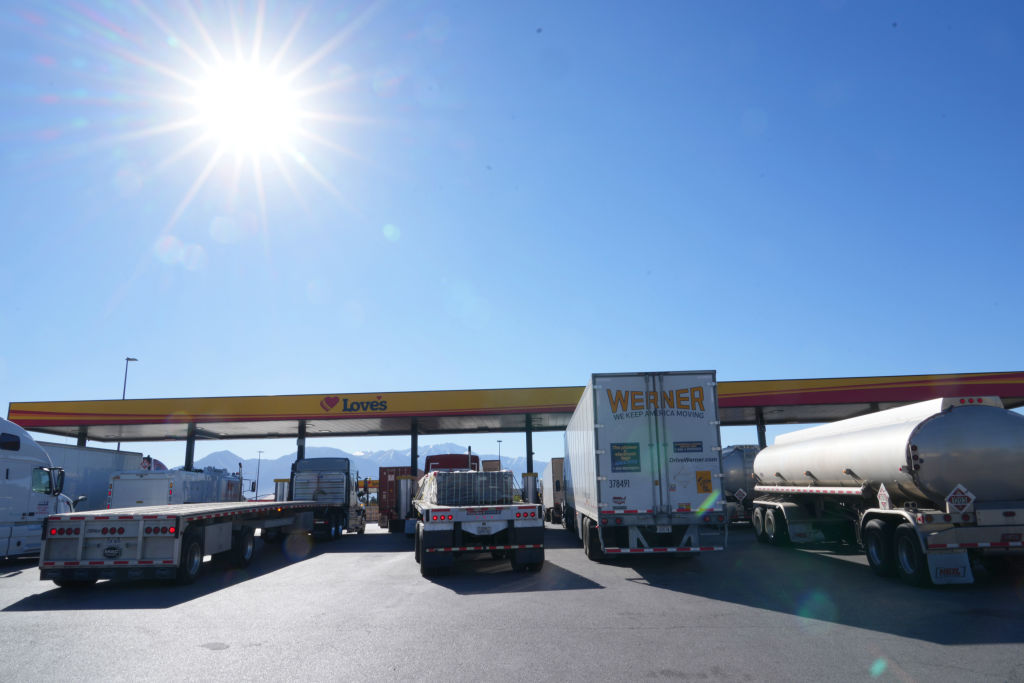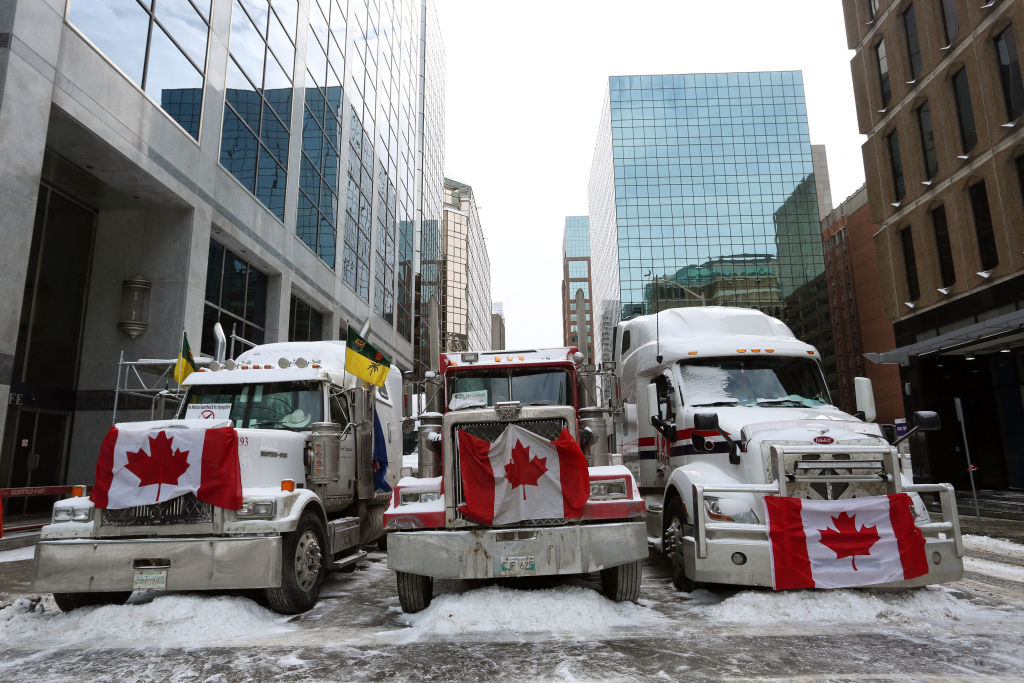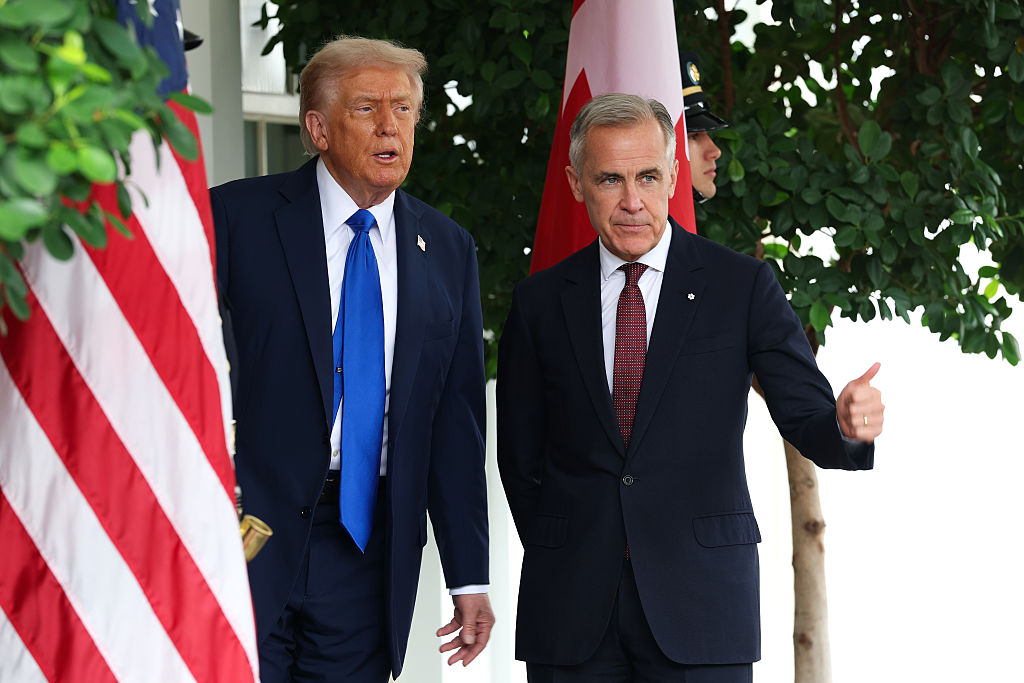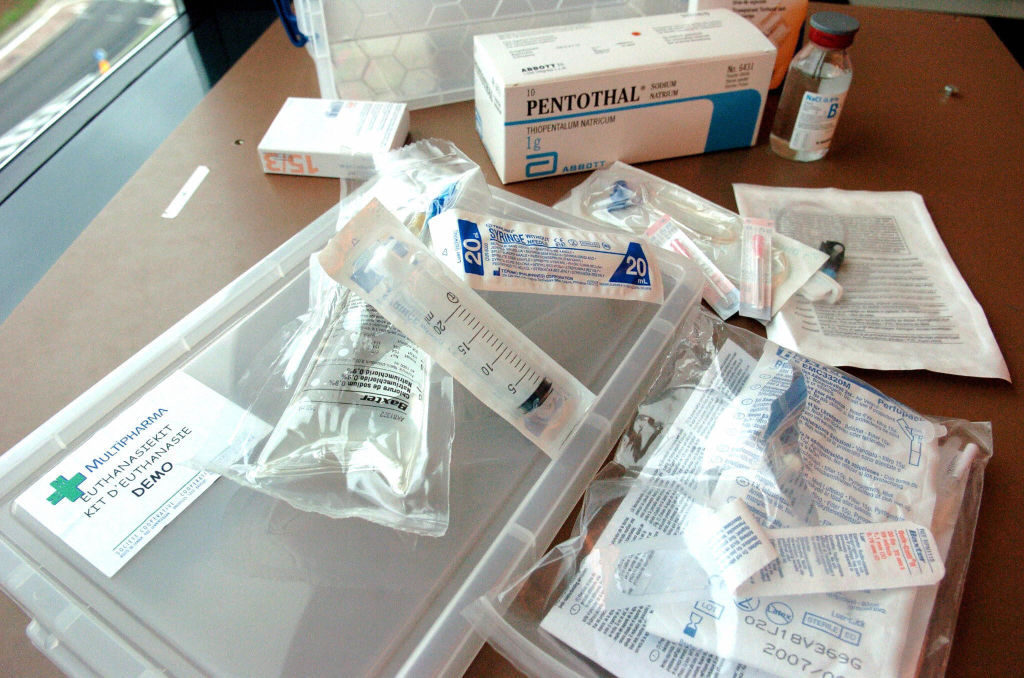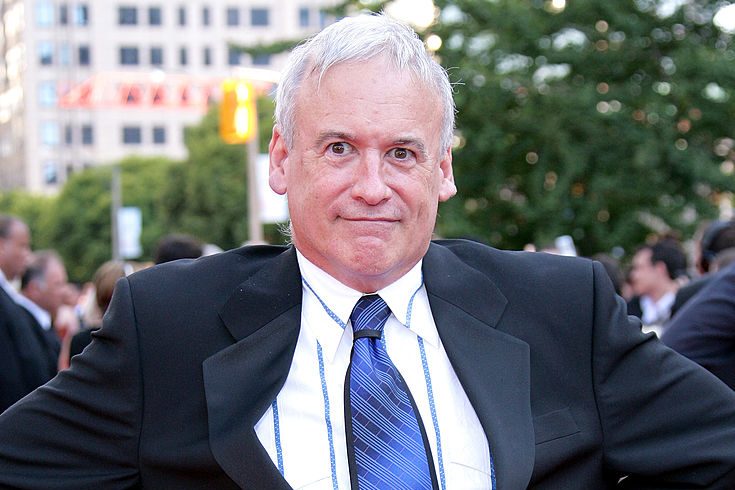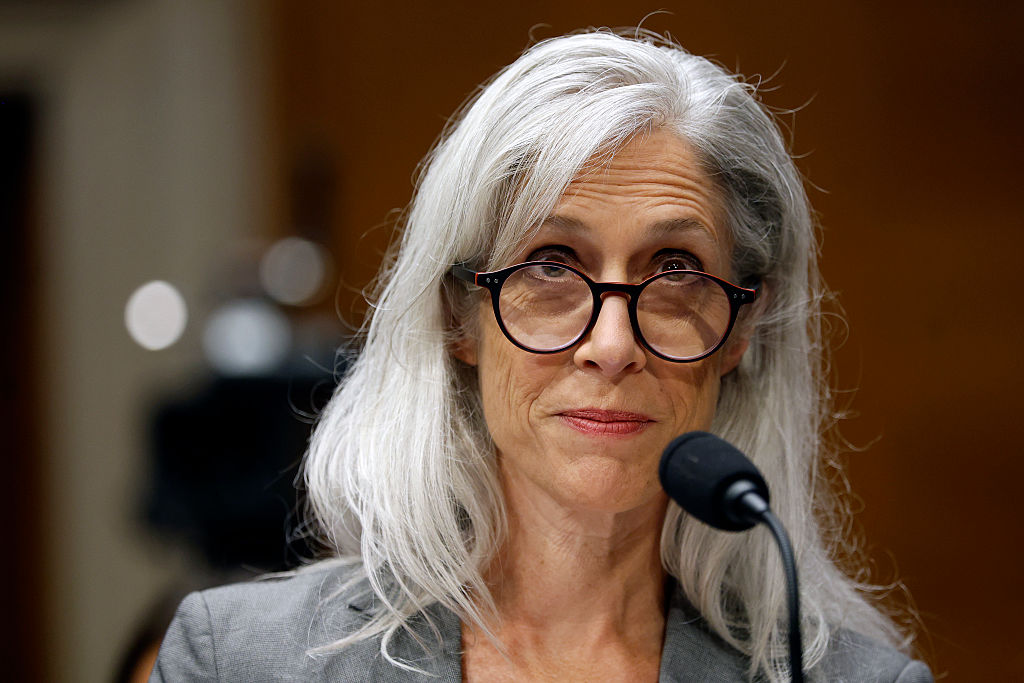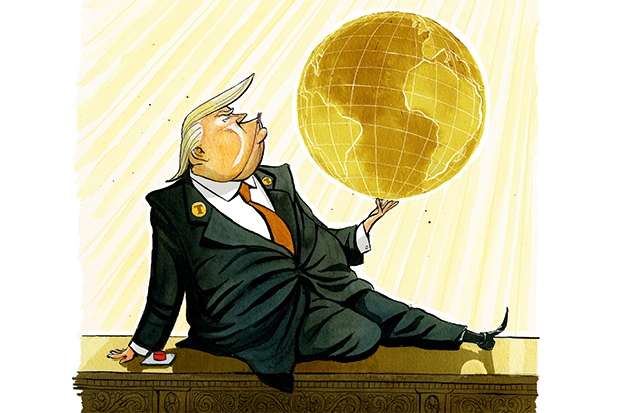Did you think we were having supply chain issues? Just wait until the vaccine mandates — cross-border and federal — kick in. We haven’t seen anything yet.
“The supply chain that stole Christmas” has been dominating headlines all over the place for over a month now, even in The Spectator. Senator Mike Lee’s office is having fun with it too. The senator has just introduced the Surpassing Temporary Obstructions at Ports and Guaranteeing Resources to Increase the Nation’s Commercial Health Act — or STOP the GRINCH Act.
More on that in a moment — but first, why are we hearing so much about the supply chain lately?
Because of shortages, obviously! But wait. There’s nothing terribly new here. Retailers and manufacturers have been experiencing supply issues ever since the infamous two weeks to flatten the curve. Most industrial stakeholders were well aware that the cumulative effect of lockdowns, paying workers to stay home and other disruptive COVID policies would result in serious shortages at some point. It was a consequence government insisted we accept for the sake of health and safety.
It’s actually quite unusual for supply chain issues to make it outside of the financial pages. Reporters like Sean Ashcroft who work in industry-specialist media are scratching their heads over it. “Pre-pandemic, the only journalists interested in supply chain stories were, like me, writing for a B2B audience,” he writes. But now “major newspapers worldwide are across it like a rash.” A cursory look at the tabloids confirms this analysis. Readers of the Daily Mail have been treated to eighty-three articles tagged “supply chain crisis” since October 22. That’s quite a volume — about 2.5 articles per day. Despite all this ink, Biden recently made a point of lecturing the public on how it doesn’t understand the way supply chains work, and that journalists aren’t able to offer adequate explanations.
Is the sound and fury intended to prepare the public for shortages likely to extend well beyond Christmas? The natural thing on seeing empty grocery store shelves, lack of fuel, manufacturing at a standstill for lack of material, hospitals out of medical supplies, would be to blame the government. But it sounds like the government is busy setting up a scapegoat: the mysterious supply chain the public isn’t smart enough to comprehend.
In the meantime, the supply chain’s troubles are almost all government-inflicted. Beginning in late September, images of loaded container ships at anchor off the Pacific coast began flashing across the news. The official “supply chain crisis” was launched, even though it had been going on since early 2020. When (government imposed) COVID measures first took effect in 2020, port activity slowed down. Truckers and port workers with nothing to do found something else to do. When things began to pick up again, many of them didn’t come back. Reduced capacity gradually caused a backlog gradually: in November 2020, there was a backlog of a dozen vessels. It climbed to over 30 ships in January 2021. This week, on November 23, 2021, Shipping Watch reported a backlog of 79 container ships.
The biggest problem is a shortage of trucks to carry away the freight once unloaded. The causes are legion, but it’s worth noting that the government of California has made life particularly hard for truckers of late. Pro-union legislation passed two years ago contained text banning owner-operators. It was challenged, but it’s still working its way through the courts. And the initial stages of California’s commitment to switch to all electric trucks by 2045 meant that the California DMV has been refusing registration to thousands of trucks. The legal uncertainty, the expense of upgrading equipment and the slowdown early in the pandemic meant many truckers got out of the business entirely.
Senator Mike Lee’s STOP the GRINCH Act aims to draw on federal resources to help improve the situation at the ports at least temporarily. Among other things, he proposes making it easier to hire truck drivers as well as maritime workers who require security clearance, as well as addressing other port-related challenges.
But the elephant in the room remains the vaccine mandates, which are likely to push a significant percentage of supply chain workers out of the workplace. Unless the mandates are stopped, it’ll be more than Christmas that is ruined.
The shortage of truckdrivers is already at historic levels, according to the American Trucking Associations. Over 80,000 drivers are needed urgently in the US, and the Canadian Trucking Association reports an additional 18,000 vacancies north of the border. Seemingly determined to make a bad situation worse, first the American and now the Canadian governments have announced that by the end of January, all cross-border commercial drivers must be vaccinated.
This will be a severe blow to a system that is already struggling. Trucking associations on both sides of the border expect up to 22,000 Canadian drivers and 16,000 US drivers to exit the Canada-US trade system if the mandate is upheld.
Add to these border requirements Biden’s federal vaccine mandate, and the situation looks bleak. Thirty-seven percent of the drivers in affected companies would rather quit than take the vaccine, as Chris Spear, president of the American Trucking Associations, told the House Committee on Transportation in a written statement November 17.
As for the dockworkers working 24/7 in LA to clear up the shipping backlog, the Pacific Maritime Association says 30-40 percent in their region are unvaccinated. They believe a mandate would be very difficult to enforce, and that a percentage of workers would simply refuse to report to work.
Assuming the mandates hold, it’s a game of chicken: if enough supply chain workers can be intimidated into getting the vaccine, some will still quit; shortages will continue, but the system won’t collapse. If on the other hand large numbers continue to refuse, the government will have to fold. But it will rejoice in having successfully vaccinated another reluctant few.
Who’s the Grinch in all this? The struggling supply chain? Or the ideologues willing to consider firing hundreds of thousands of desperately needed workers and sentencing the population to long-term shortages, just so another round of unwilling citizens can be terrified into rolling up their sleeves for a needle? Mind you, that’s not fair to the Grinch. He wasn’t insane.



